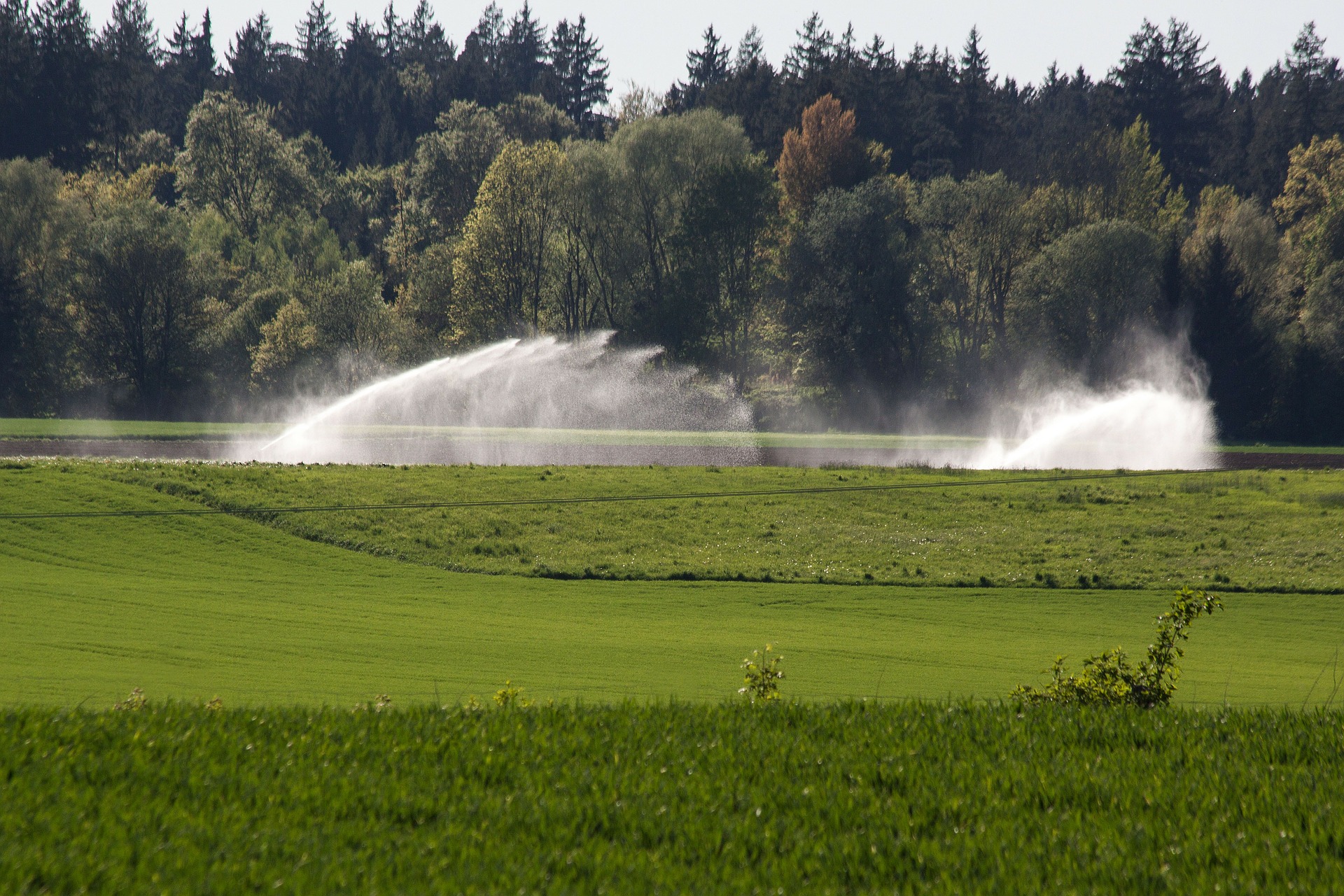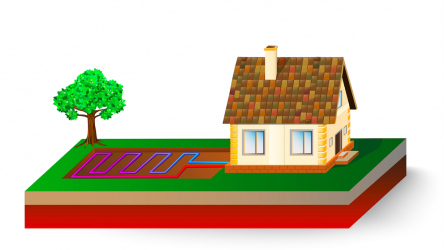
According to a United Nations report, world population should increase by 1 billion over the next 12 years and reach 9.6 billion by 2050. This massive rise in global population obviously raises serious challenges related to food and water supplies. It has become essential, on a global scale, to search for new paths of agricultural development that will avoid energy overuse and respect natural ecosystems.


One of the eco-friendly energy sources that is currently gaining unprecedented interest is solar power. The Earth receives an enormous amount of energy from the sun: all the energy stored in the Earth’s reserves of coal, oil, and natural gas is equal to the energy in just 20 days of sunshine. While desert areas get more sun than other parts of the world, most populated areas receive enough sunshine to make solar energy practical.
Solar Versus Fossil Energy
Renewable and sustainable, solar energy is heading to become the leading power behind the progress of modern agriculture. It could also solve the problem of fossil energy shortage as it is clean, reliable and much more economic than diesel fueled systems. Diesel pumps are typically characterized by a lower initial cost but a very high operation and maintenance cost. Solar is the opposite, with a higher first cost but very low ongoing operation and maintenance costs. It is a sound long term investment.
In the past few years, innovations in solar pump design have revolutionized the way energy is delivered to water pumps and made all kinds of irrigation possible without fuel or grid electricity. Solar pumps are reliant exclusively on the sun to provide power and therefore operate only during daylight hours. Other than that, a photovoltaic-powered water-pumping system is similar to any other pumping system, with the exception that the power source is solar energy. These systems have, as a minimum, solar panels, a motor and a pump. Several forms of irrigation that can be powered through solar energy.
Solar Drip Irrigation
Solar drip irrigation takes solar energy as the power to apply water through perforated irrigating pipes. It is quickly gaining popularity as a low-cost water-saving technique. Each orifice supplies a measured, precisely controlled, uniform application of water and nutrients directly into the plant root zone. In this way, the water is only applied where it is needed and soaks directly into the soil before it can run off. Easy to design and install, solar drip irrigation ensures the plant never suffers from water stress. For this reason, it is one of the preferred methods of irrigation in arid areas.
Solar Sprinkler Irrigation

Solar sprinkler irrigation is a method of providing rainfall-like irrigation to crops which combines solar energy and sprinkler irrigation facilities. Water is distributed uniformly through a system of pipes by solar pumping, it then gets sprayed into the air, falls down as small drops and irrigates the entire soil surface. It is suitable for most row, field and tree crops. This system also allows for the uniform application of pesticides and fertilizers.
Center-Pivot Solar Irrigation
Center-pivot irrigation is responsible for the giant green crop circles seen when flying over land. The equipment moves around a central pivot to irrigate the crops with sprinklers. With solar energy, it’s the solar panels that produce the power to pump water through the system’s pipes and propel its wheels around the field. Sprinkler heads are positioned a few feet above the crop to limit evaporative losses and wind drift. It is a highly efficient system which helps reduce water runoff and soil erosion.
Article by http://www.agriaffaires.co.uk/






